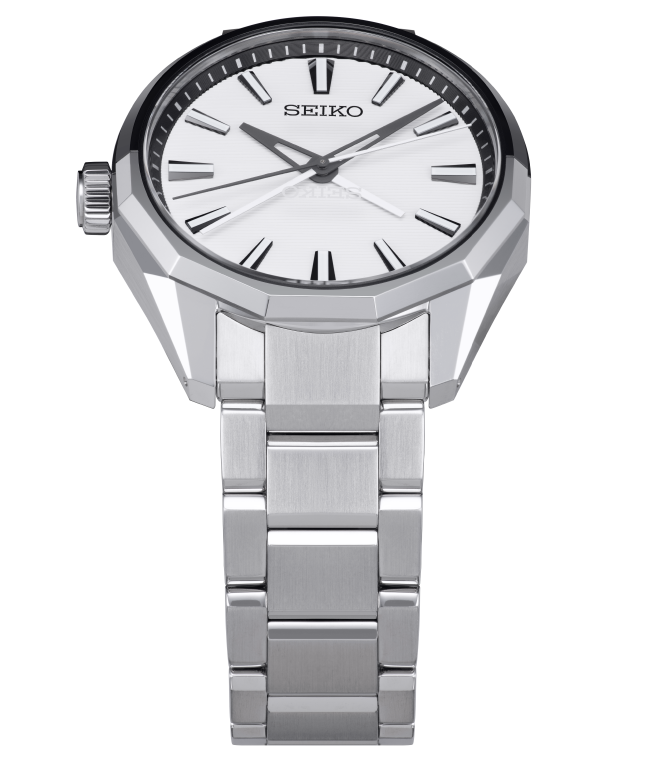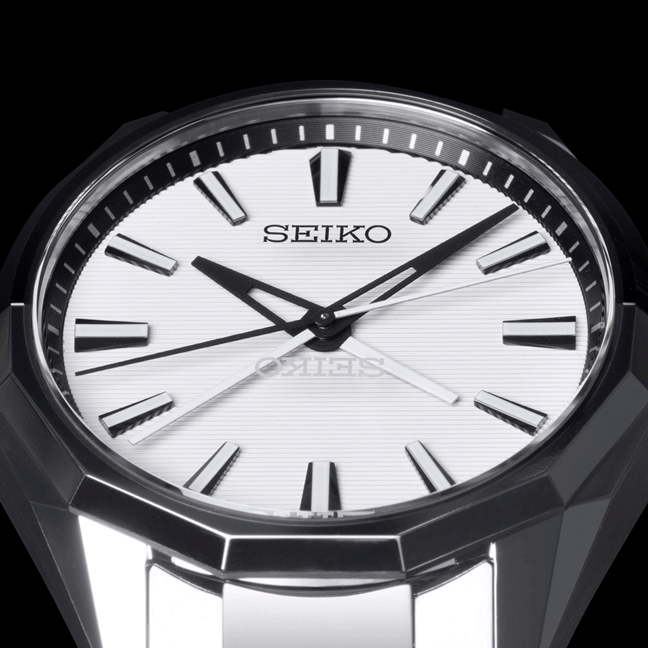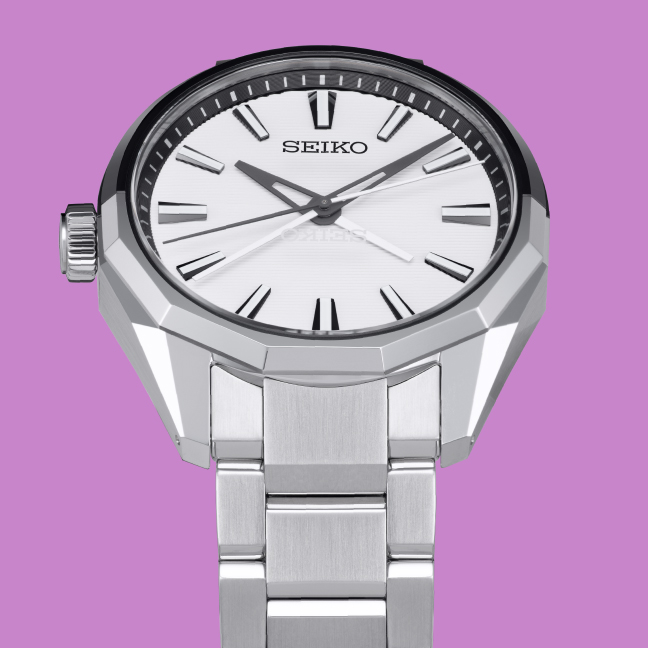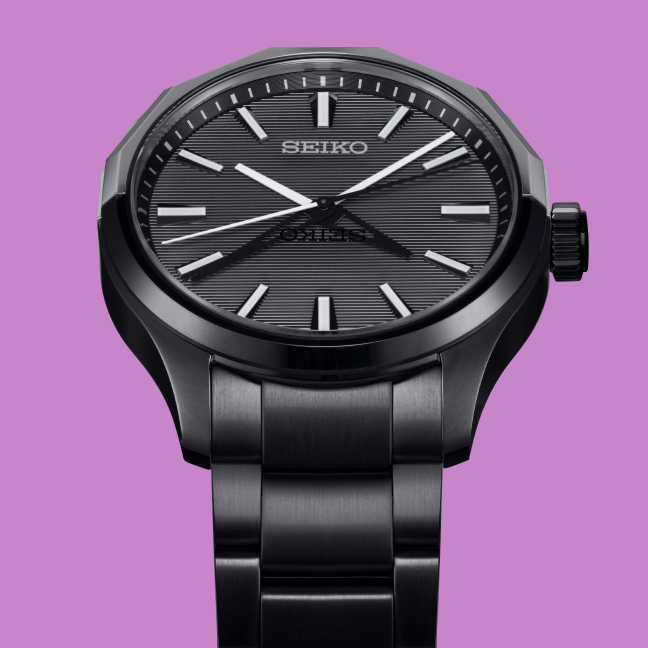Designed by
Kento Ito
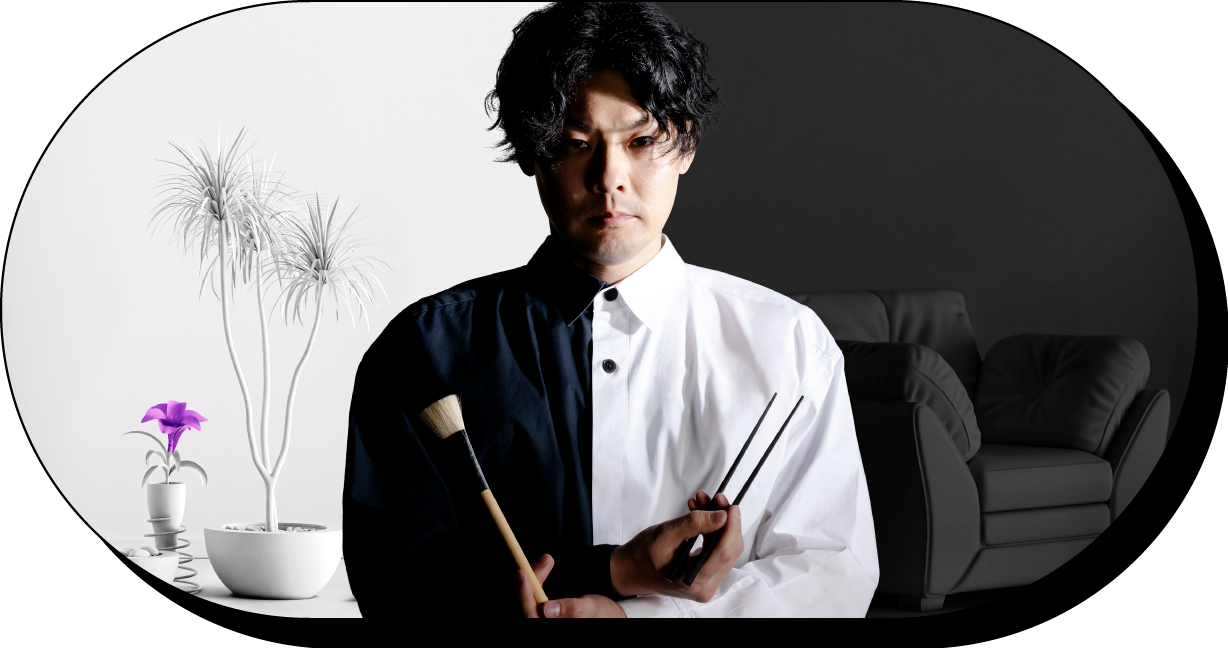
Ito has experience designing home appliances, furniture, miscellaneous goods, information devices, etc. at a product design firm and an information device manufacturer. In 2018 he joined Seiko and now designs Astron watches.
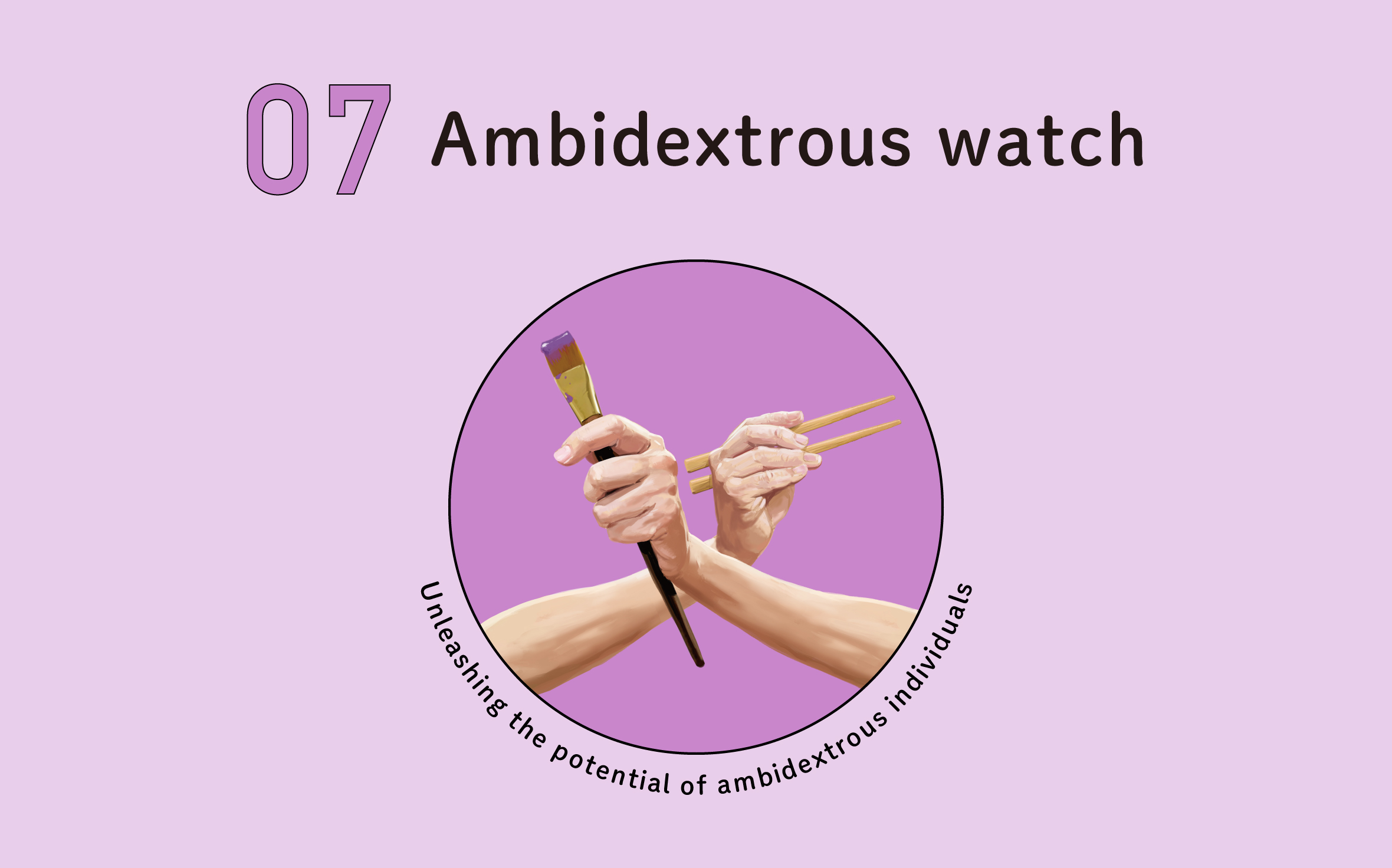

Ito has experience designing home appliances, furniture, miscellaneous goods, information devices, etc. at a product design firm and an information device manufacturer. In 2018 he joined Seiko and now designs Astron watches.
I was at a bowling alley one fateful day, with a friend who was wearing his watch on his left hand. However, in the next moment, he switched it to his right hand and bowled with his left hand! Before the 10 pins even fell, my brain was jolted by a powerful shock. Normally, right-handed people wear watches on their left hands, and left-handed people wear them on their right hands. In that moment, these stereotypes were shattered. This led me to ponder a question: Does the hand that wears the watch significantly influence our thoughts, abilities, and actions?
Of the external environment and the exercising of human abilities, which is the cause and which is the effect? And what is the relationship between the question of "which hand you wear your watch on—left or right" and the question of "how the right brain and left brain work"? Perhaps the relationship is like that of the chicken and the egg. In other words, this watch designed for ambidextrous individuals is, at the same time, a tool for ambidextrous individuals to undertake self-innovation.
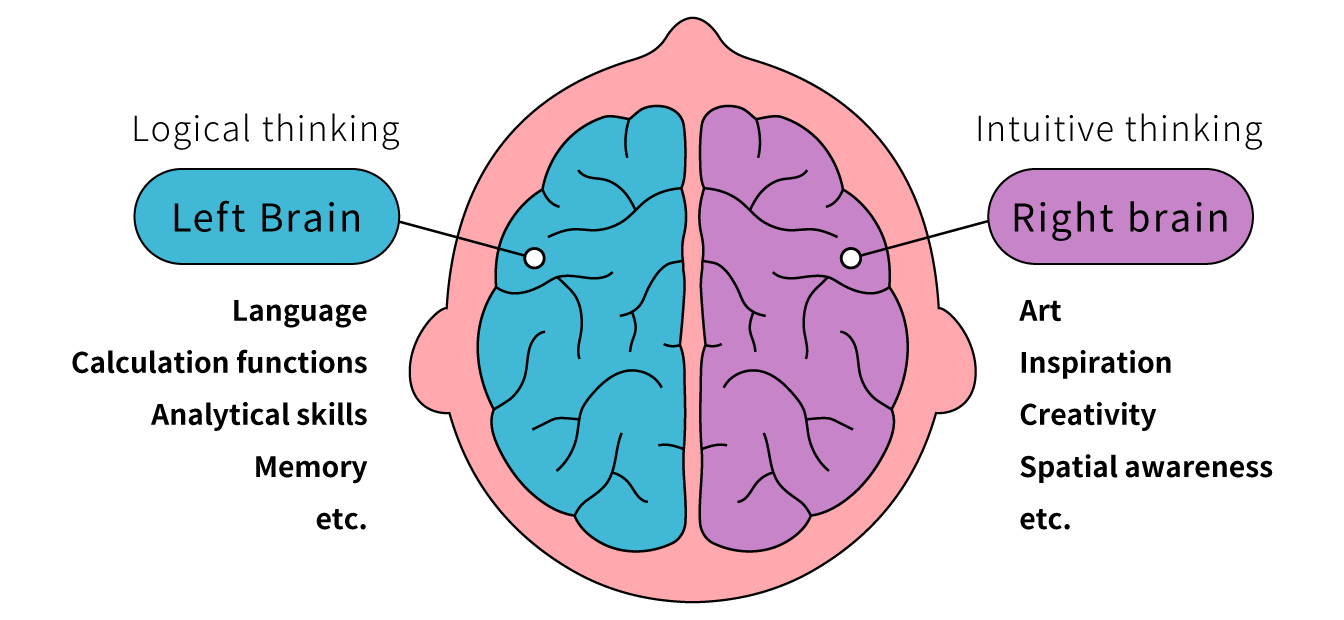
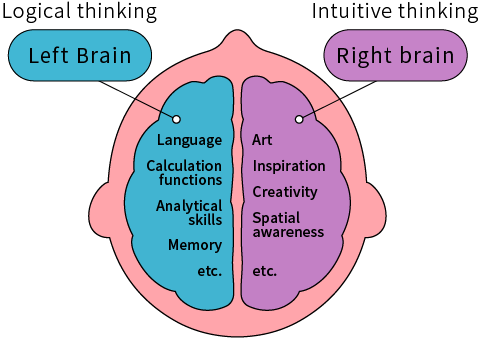

I was originally left-handed, but since I switched to writing with my right hand at the age of four, I've always been mindful of my dominant hand in everything I do. I recall when I first went shopping for a watch in my 20s I found myself pondering, "Which hand does the watch go on?" While a watch can limit movement, the idea of a cross-dominant watch aligns with my belief in evenly utilizing every section of the brain through training. Wearing and reading the time on a watch engages memory, comprehension, visual, and motor systems.
Moreover, you can alter the way your brain functions simply by switching the side on which you wear your watch. Using the opposite hand to that wearing the watch not only changes the section of the brain in use, but also directs attention to the hand wearing the watch. Also, having a watch that can change its look in terms of its color and form enhances the clarity of awareness in the process of changing the watch from one hand to the other, creating a stimulating effect on the brain. This piece explores the concept of changing shapes as a metaphor. I get the feeling that this is the sort of watch that really should have existed from a long time ago. I sense that many cross-dominant individuals are often deep thinkers, and by wearing this watch, they may be able to tap into an incredible new way of using the brain.
This is not merely a watch that can be worn on either hand, but rather, it is a watch exclusively for ambidextrous people. We aim for this unconventional timepiece to provide strong stimulation to both your right and left brain, as well as your sense of beauty.
